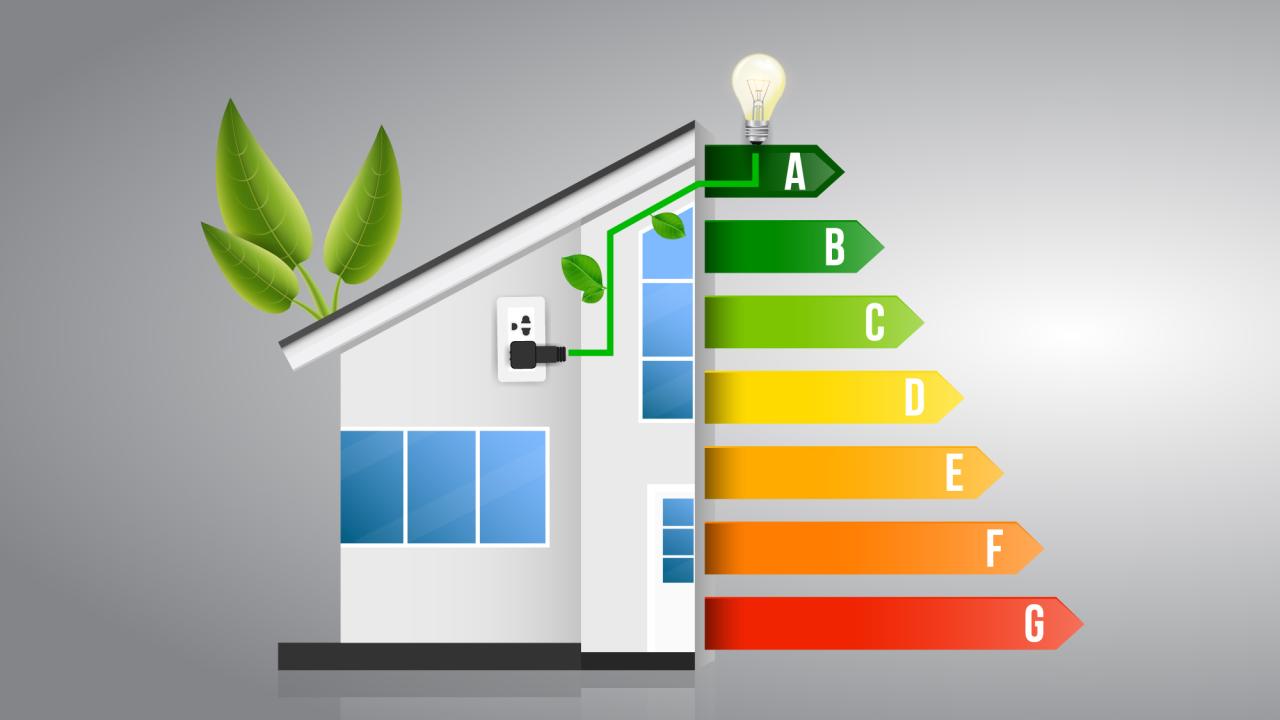
How Technology is Transforming Healthcare Delivery
The healthcare industry has undergone significant transformations over the years, and one of the most notable changes has been the integration of technology into healthcare delivery. Technology has revolutionized the way healthcare services are provided, making them more efficient, accessible, and patient-centered. From electronic health records to artificial intelligence, telemedicine, and remote monitoring, technology is transforming healthcare delivery in numerous ways.
Electronic Health Records (EHRs)
One of the most significant technological advancements in healthcare has been the adoption of electronic health records (EHRs). EHRs are digital versions of patients’ medical records, which can be accessed and updated in real-time by healthcare providers. This has improved the accuracy and completeness of patient records, reduced errors, and enhanced patient safety. EHRs have also made it possible for healthcare providers to share patient information seamlessly, facilitating coordination of care and improving patient outcomes.
Telemedicine
Telemedicine, also known as telehealth, is the use of digital technologies to deliver healthcare services remotely. This has expanded access to healthcare services, especially for patients in rural or underserved areas. Telemedicine has also reduced the need for hospital readmissions, decreased wait times, and improved patient satisfaction. With telemedicine, patients can consult with healthcare providers from the comfort of their own homes, reducing the need for travel and wait times.
Artificial Intelligence (AI)
Artificial intelligence (AI) has the potential to transform healthcare delivery in numerous ways. AI-powered algorithms can analyze large amounts of data to identify patterns and make predictions, helping healthcare providers to diagnose diseases more accurately and quickly. AI can also help with patient monitoring, allowing healthcare providers to identify potential health risks and intervene early. Additionally, AI-powered chatbots can assist with patient engagement, answering questions, and providing support.
Remote Monitoring
Remote monitoring technologies, such as wearables and mobile apps, allow patients to track their health metrics and share data with healthcare providers in real-time. This has improved patient engagement and empowerment, enabling individuals to take a more active role in their healthcare. Remote monitoring has also reduced the need for hospitalizations, decreased healthcare costs, and improved patient outcomes.
Personalized Medicine
Technology has enabled the development of personalized medicine, which involves tailoring medical treatment to individual patients based on their genetic profiles, medical histories, and lifestyle factors. This has led to more effective treatment outcomes and improved patient safety. Personalized medicine has also enabled healthcare providers to identify high-risk patients and intervene early, reducing healthcare costs and improving patient outcomes.
Data Analytics
Data analytics has become a crucial component of healthcare delivery, enabling healthcare providers to analyze large amounts of data to identify trends, patterns, and insights. This has improved population health, reduced healthcare costs, and enhanced patient outcomes. Data analytics has also enabled healthcare providers to identify high-risk patients, intervene early, and prevent hospital readmissions.
Virtual Reality (VR)
Virtual reality (VR) is being used in healthcare to improve patient outcomes, reduce pain and anxiety, and enhance patient engagement. VR technology can simulate surgical procedures, allowing healthcare providers to practice and refine their skills. VR can also be used to provide therapy and support to patients, improving mental health outcomes.
Cybersecurity
As technology continues to play an increasingly important role in healthcare delivery, cybersecurity has become a major concern. Healthcare providers must ensure that patient data is protected from cyber threats, breaches, and unauthorized access. This requires implementing robust cybersecurity measures, such as encryption, firewalls, and secure authentication protocols.
Challenges and Opportunities
While technology has transformed healthcare delivery in numerous ways, there are still challenges that need to be addressed. One of the main challenges is ensuring that healthcare providers have the necessary skills and training to effectively utilize technology. Additionally, there are concerns about data privacy, security, and interoperability.
Despite these challenges, the opportunities presented by technology in healthcare are immense. Technology has the potential to improve patient outcomes, reduce healthcare costs, and enhance patient satisfaction. As technology continues to evolve, we can expect to see even more innovative applications in healthcare delivery.
Conclusion
Technology is transforming healthcare delivery in numerous ways, improving patient outcomes, reducing healthcare costs, and enhancing patient satisfaction. From EHRs to telemedicine, AI, remote monitoring, personalized medicine, data analytics, VR, and cybersecurity, technology is revolutionizing the way healthcare services are provided. As technology continues to evolve, we can expect to see even more innovative applications in healthcare delivery, leading to improved health outcomes and a better quality of life for individuals worldwide.





